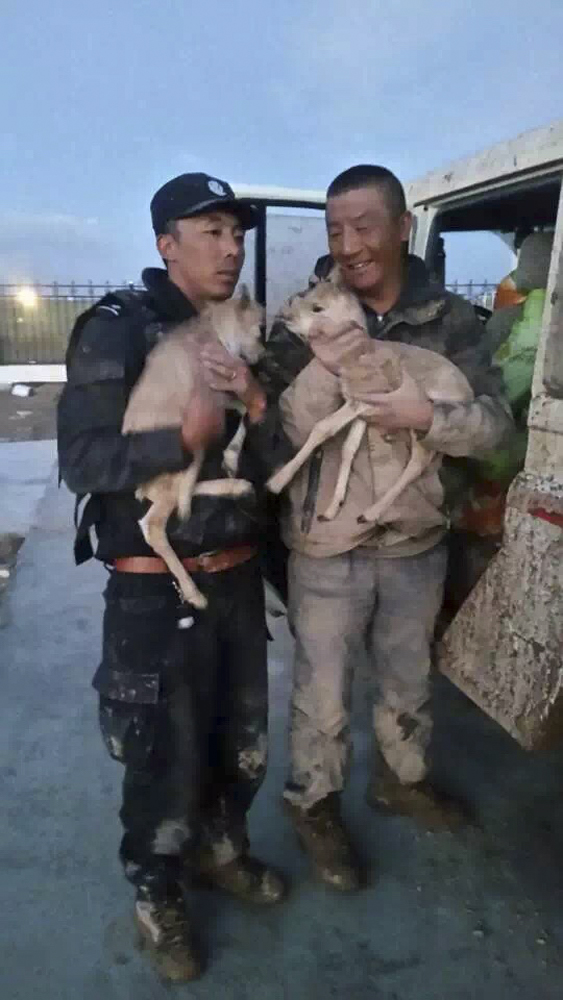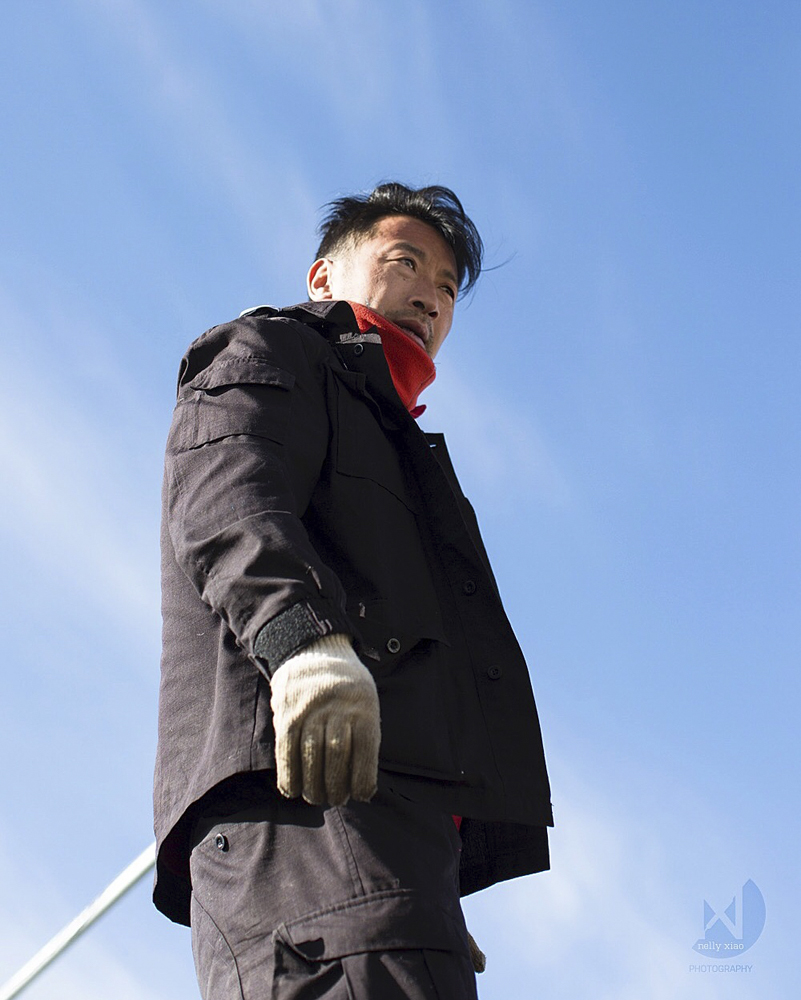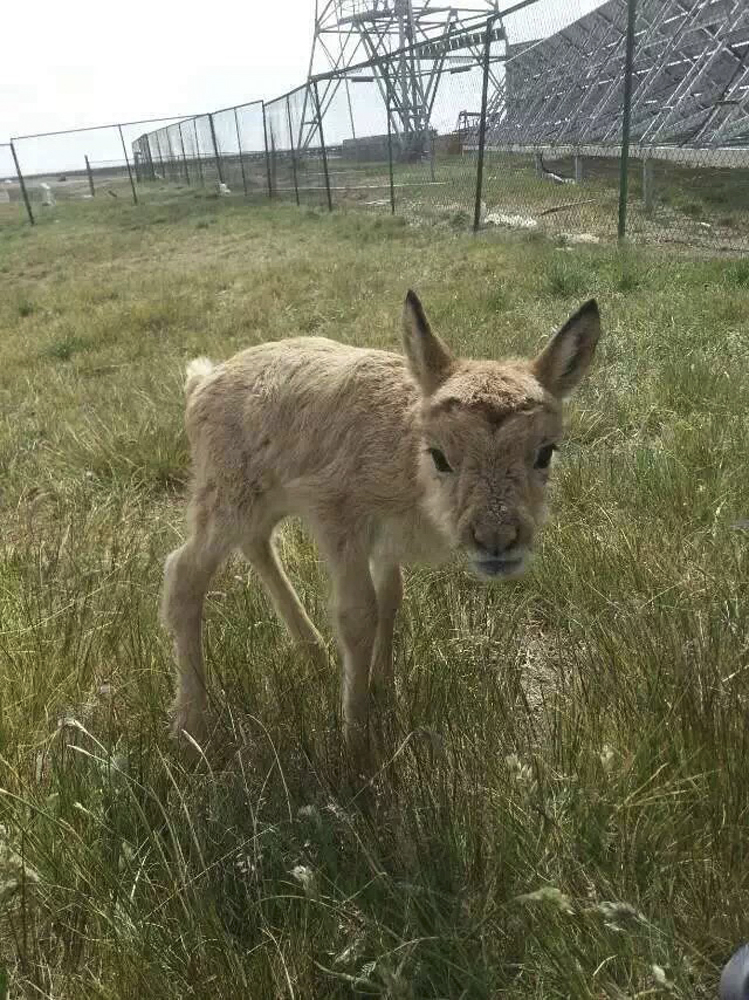Kekexili (Hoh Xil or in Tibetan: "Aqênganggyai" meaning "Lord of Ten Thousand Mountains"), is an isolated region in the northwestern part of the Qinghai-Tibet plateau of China.
The region covers 83,000 square kilometres at an average elevation of 4,800 metres above sea level; stretching from east to west between the sacred Tangula and the Kunlun mountain chains in the border areas of the southwest China's Tibet Autonomous Region, northwest Qinghai Province and the Xinjiang Uyghur Autonomous Region. The main landforms of Kekexili are uniquely diverse with plains, mesas, iced mountains, glaciers and lakes. There are several extremely high mountains on the edge of the northern and southern regions. For example, Peak Geladandong (6,621 metres ASL) of the sacred Tanggula Mountains embraces the origin of the Yangtze River. The southeastern part of Kekexili, drained by the Chumar River, is one of the major headwater sources of the Yangtze River.
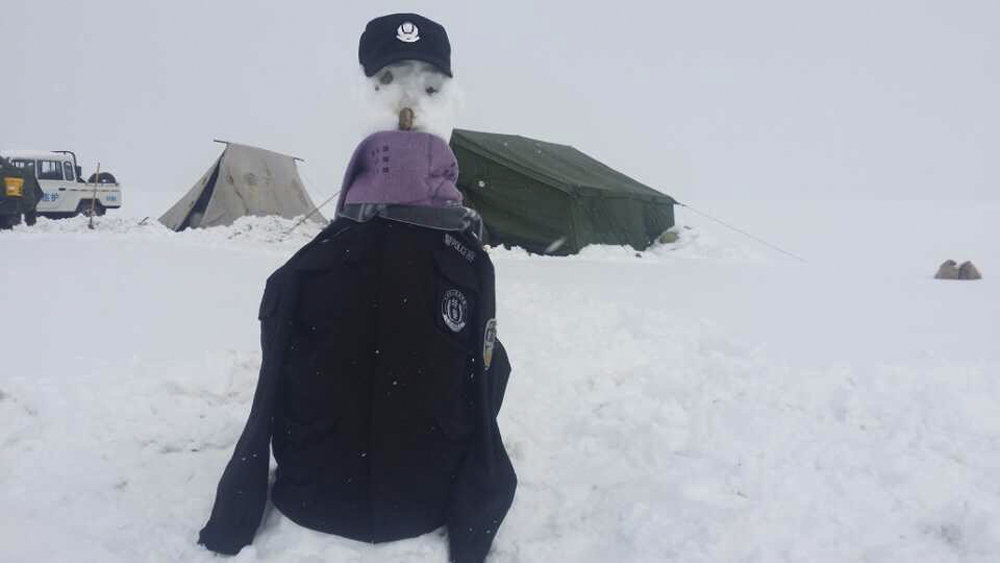
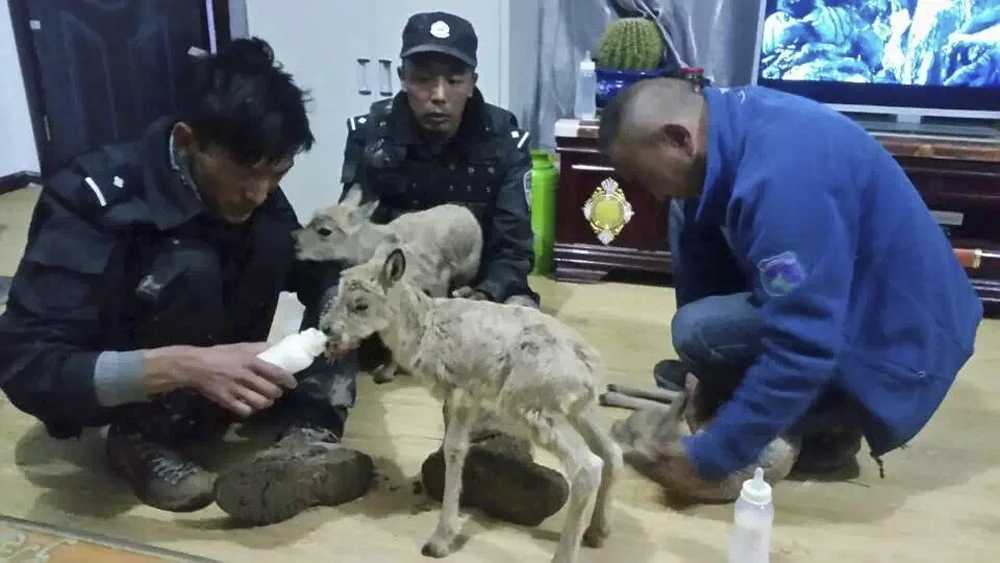
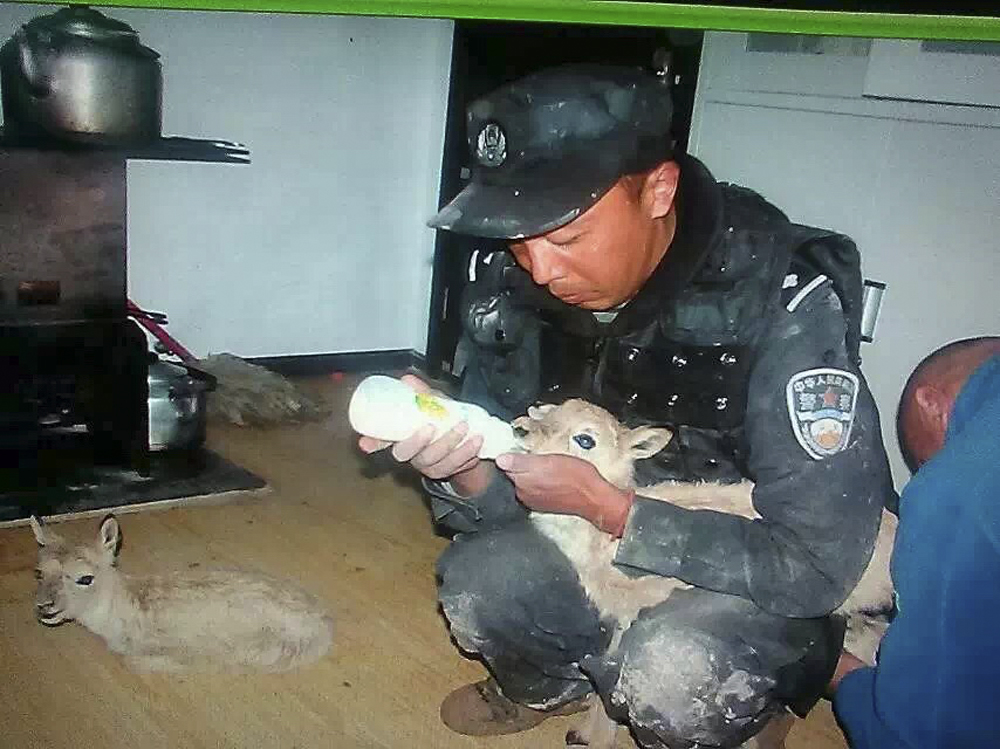

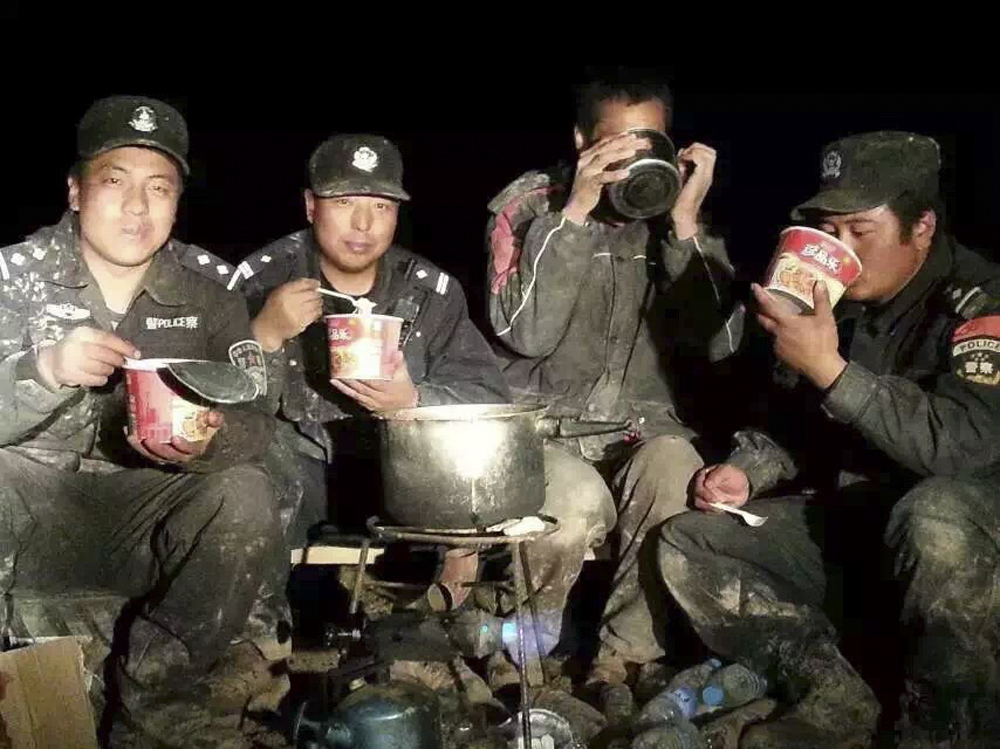
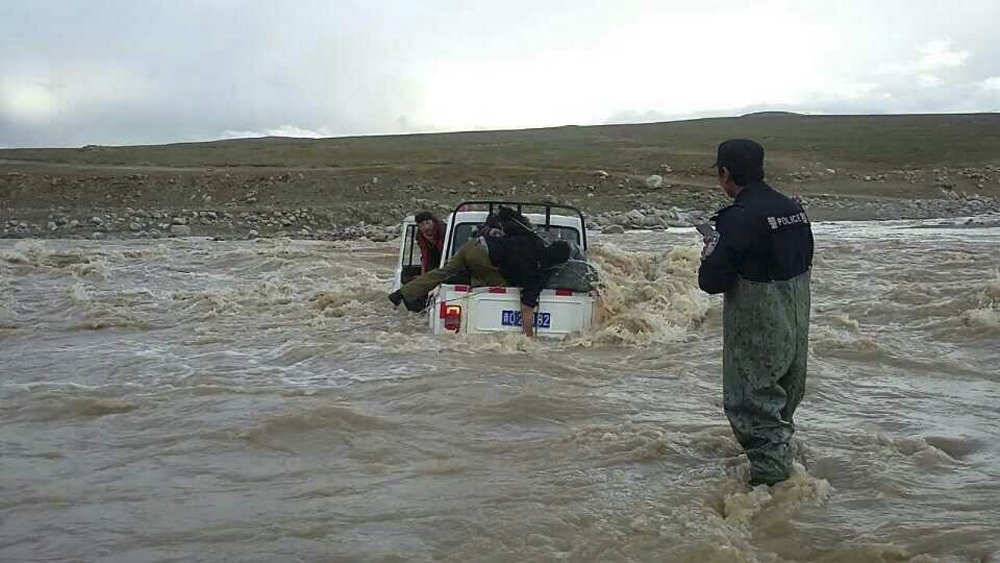
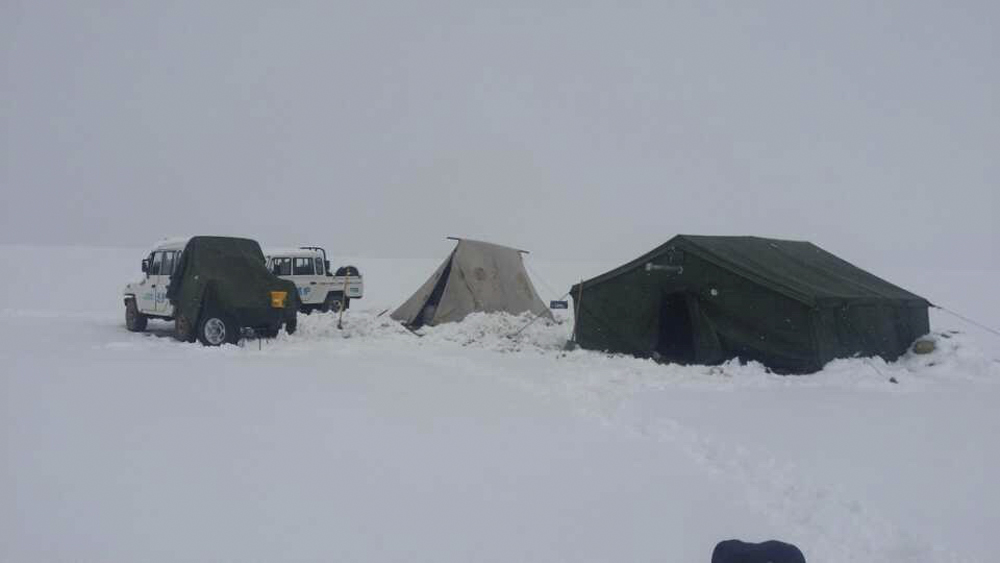
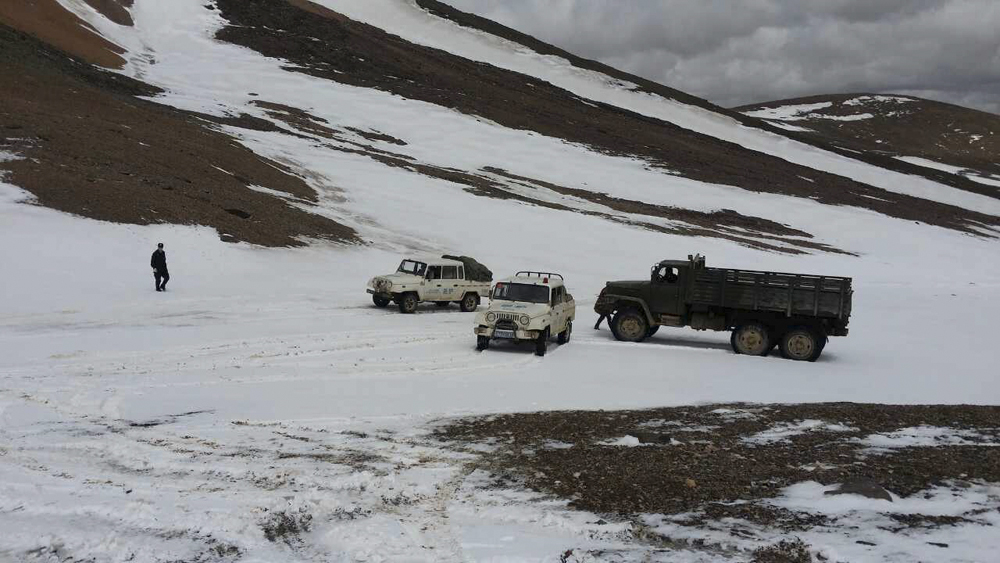
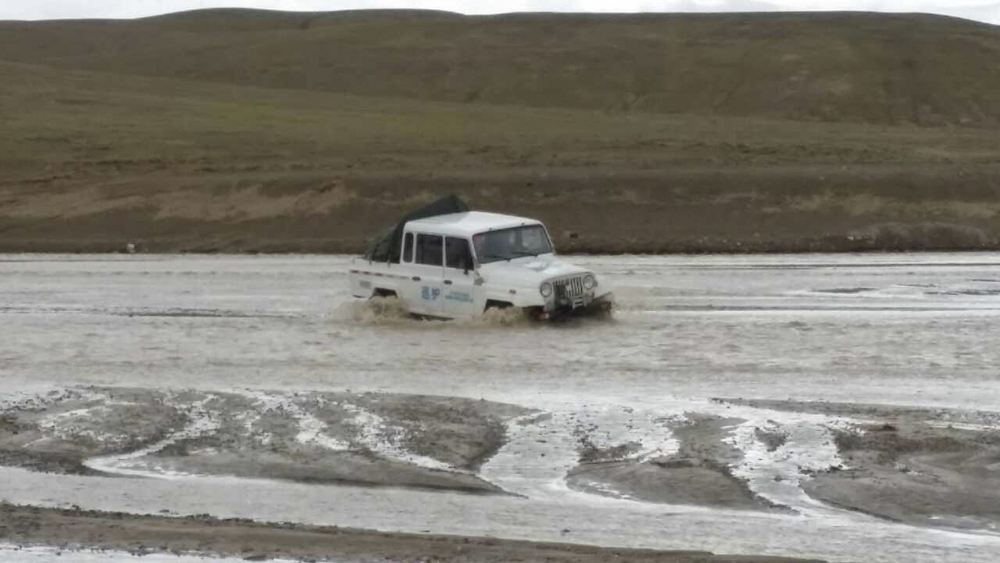
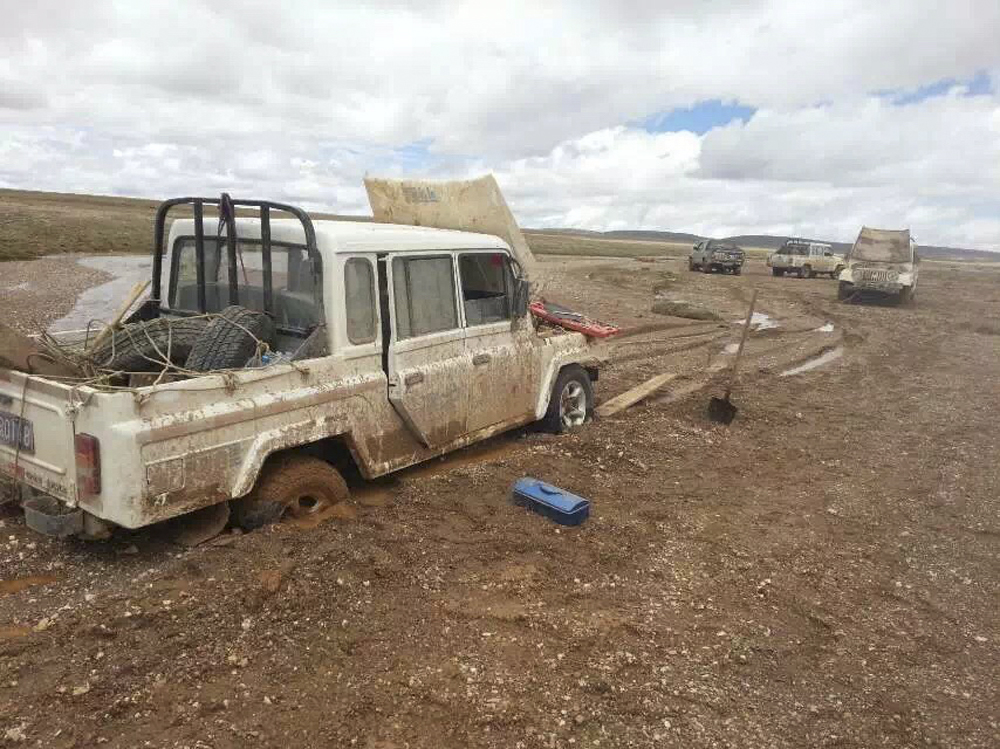
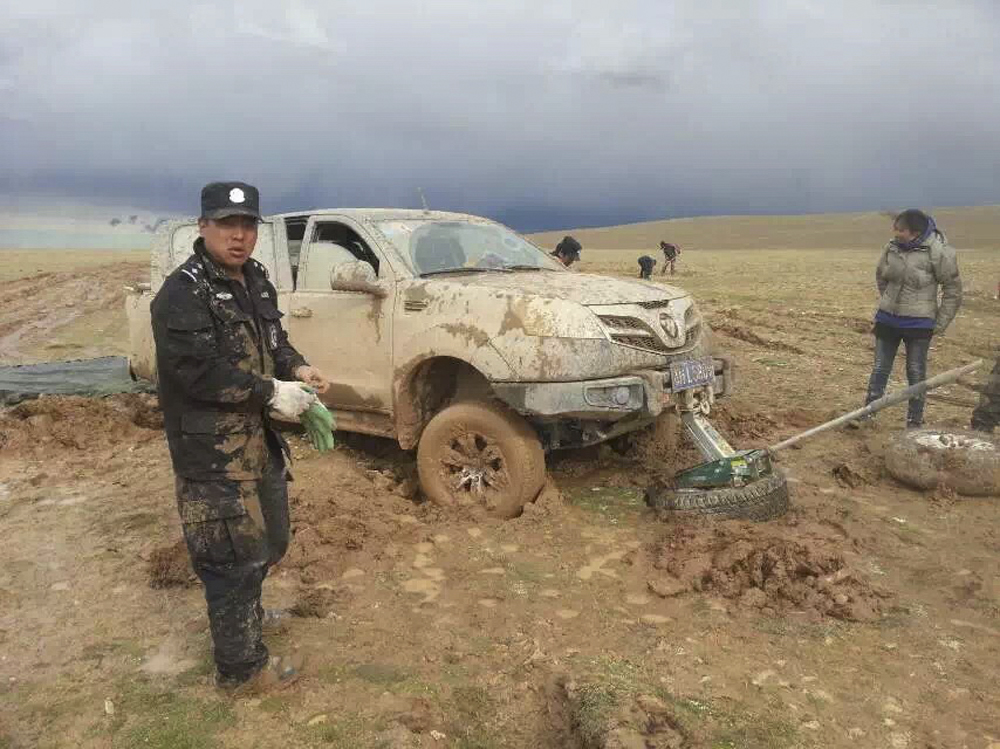
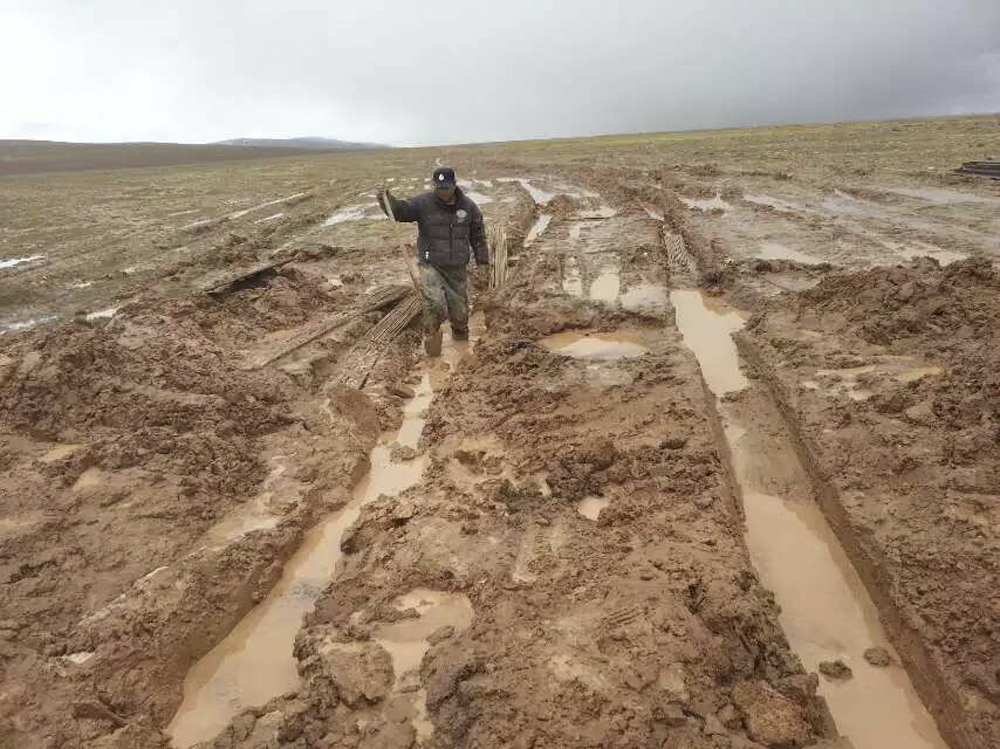

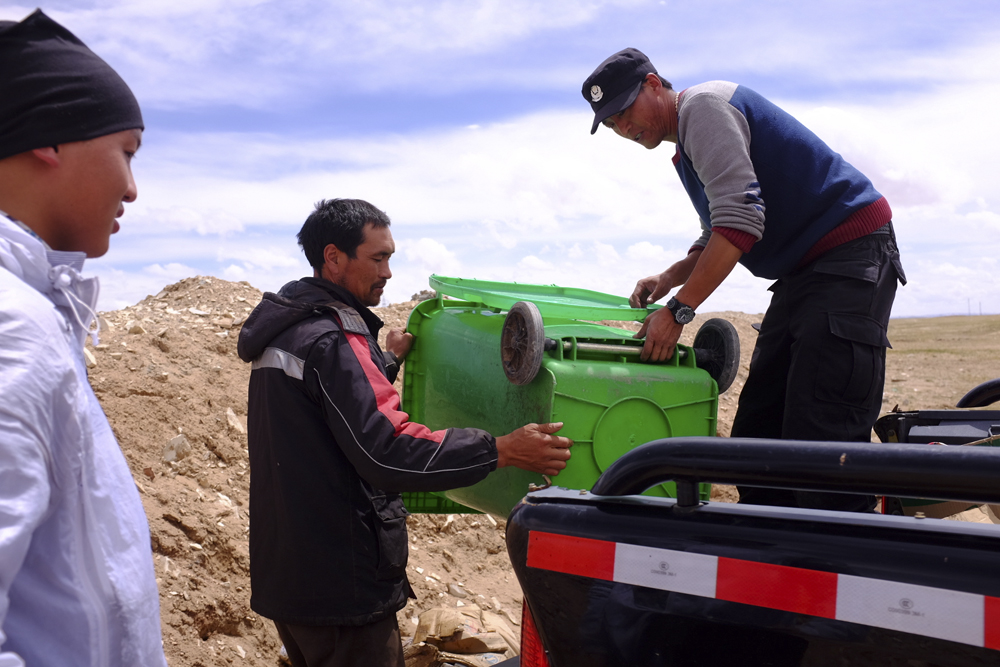
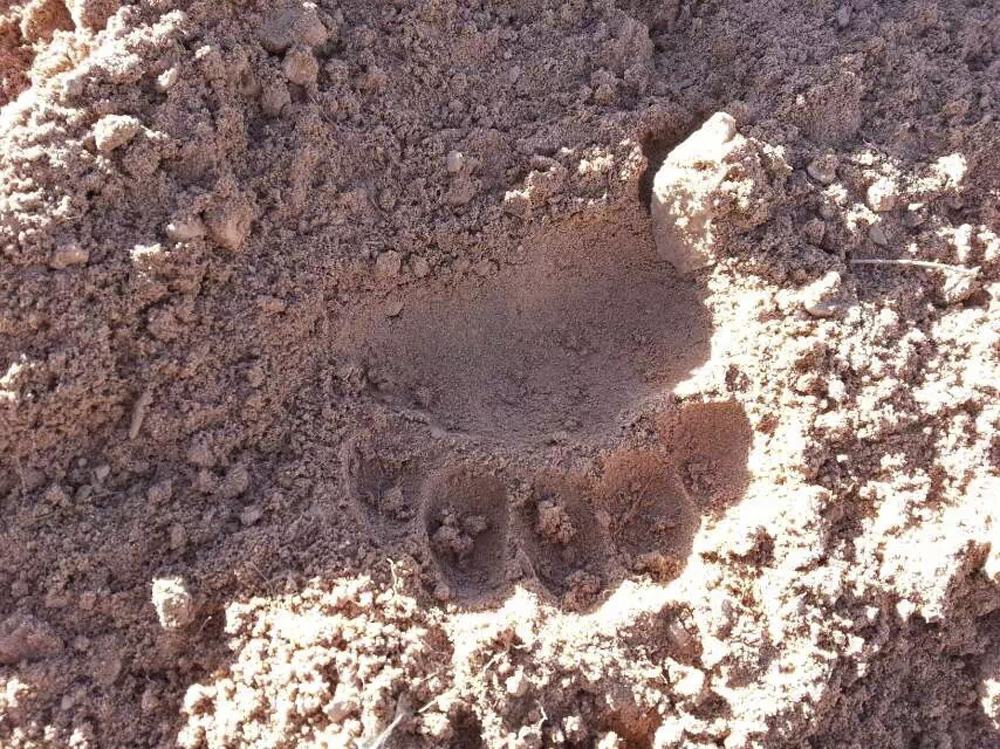
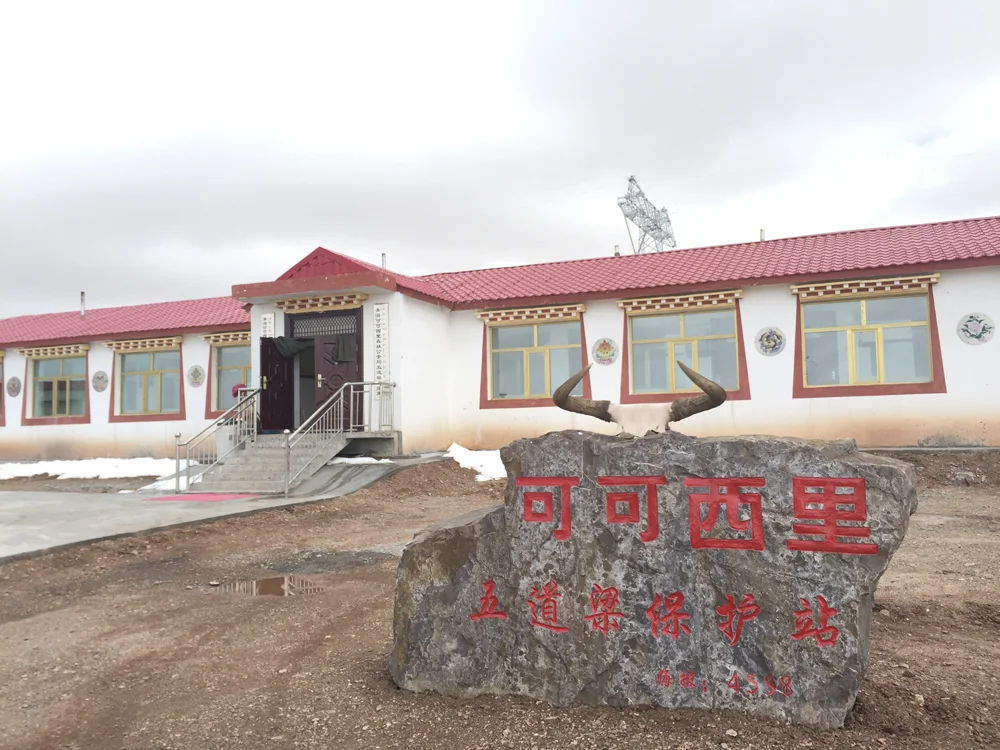
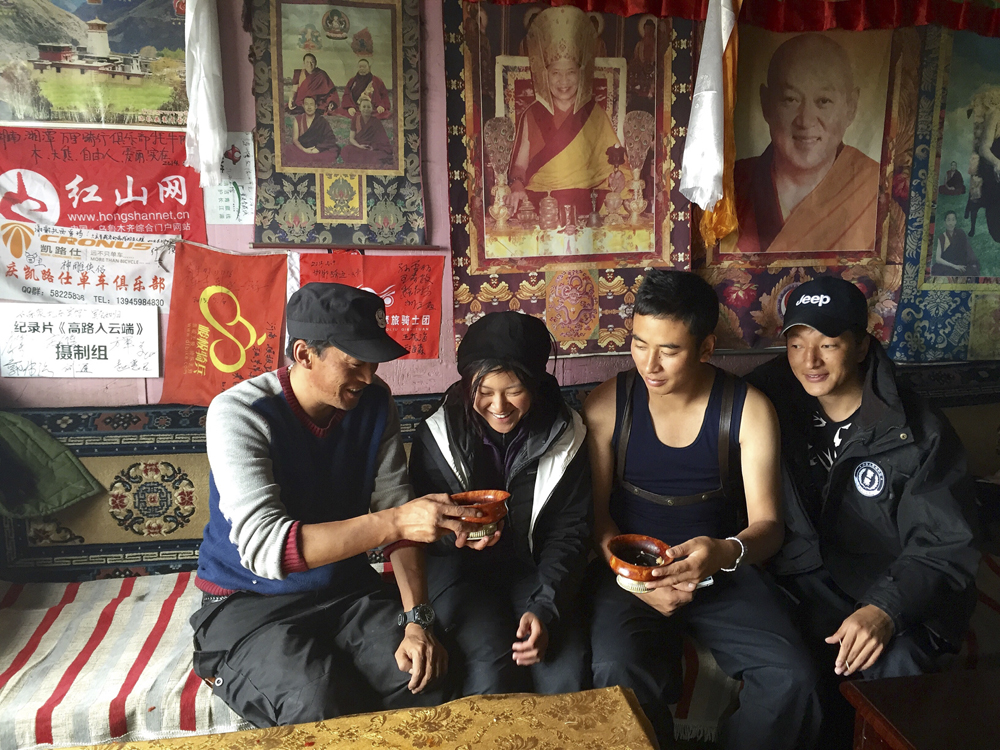

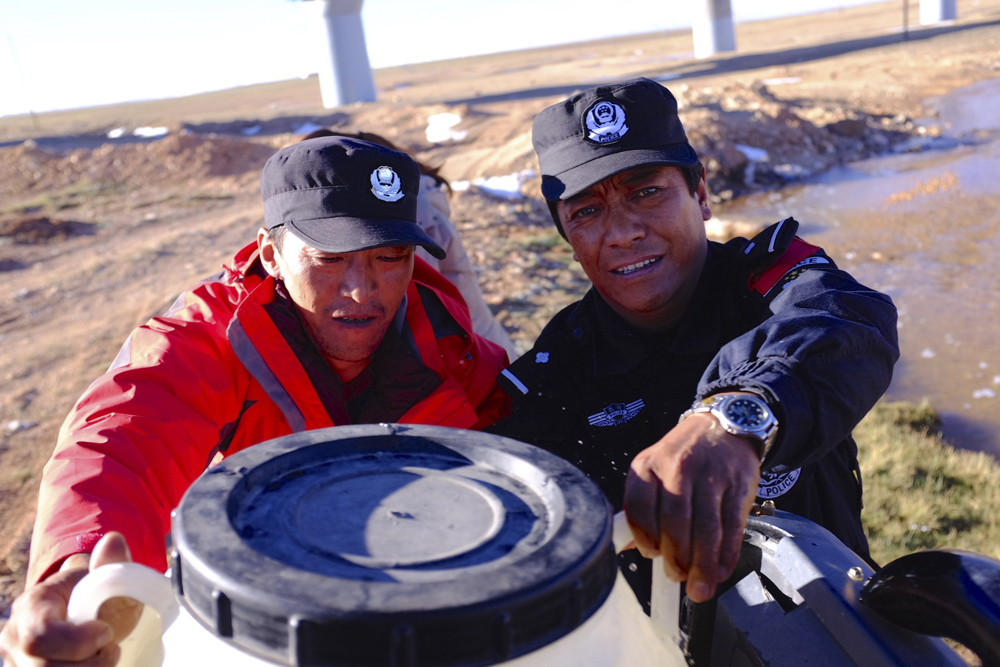
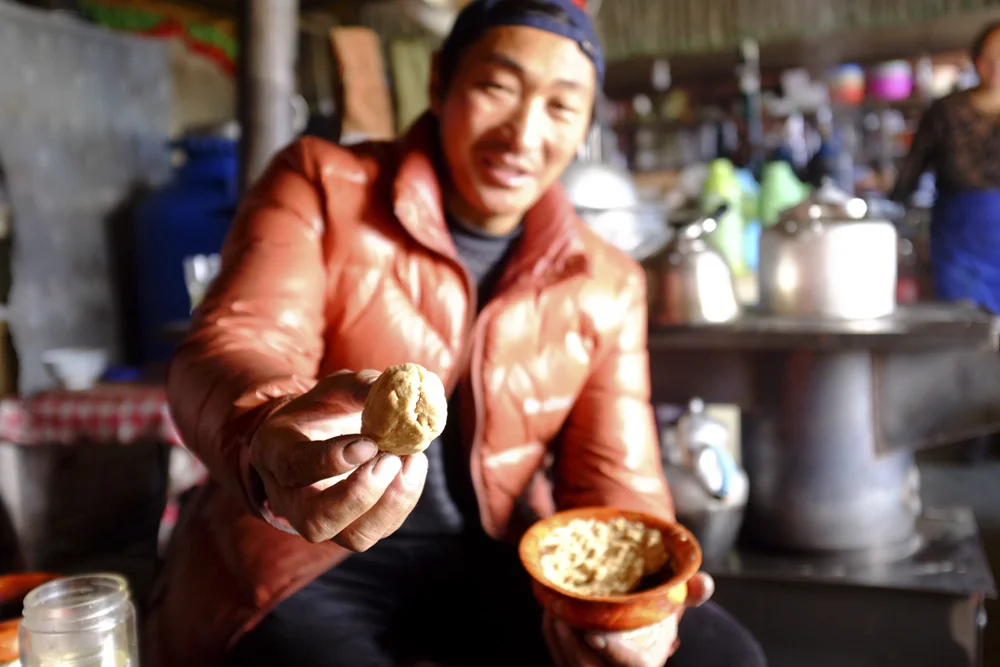

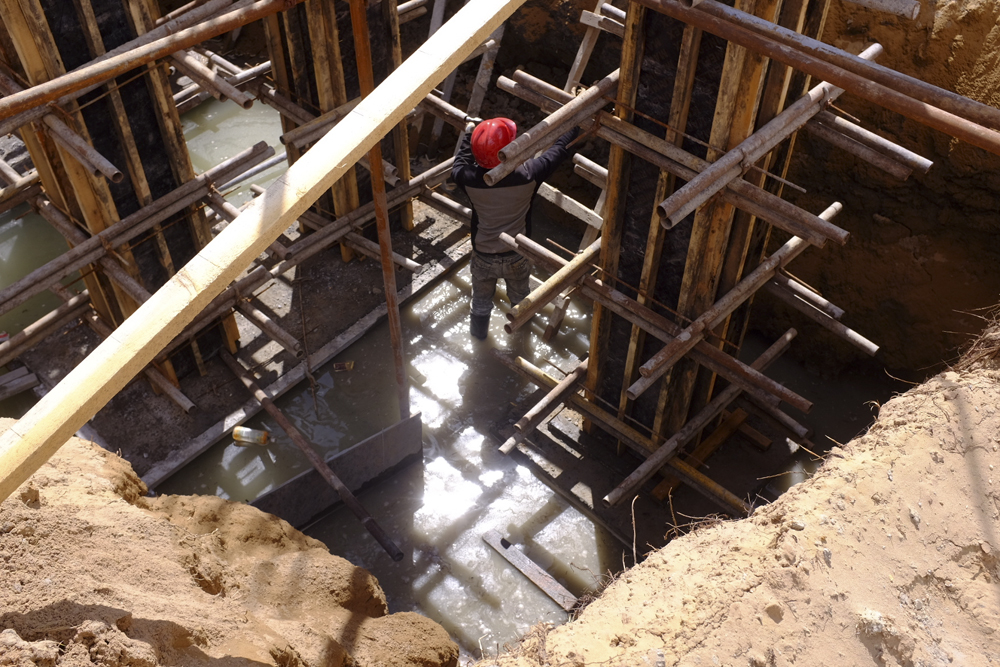
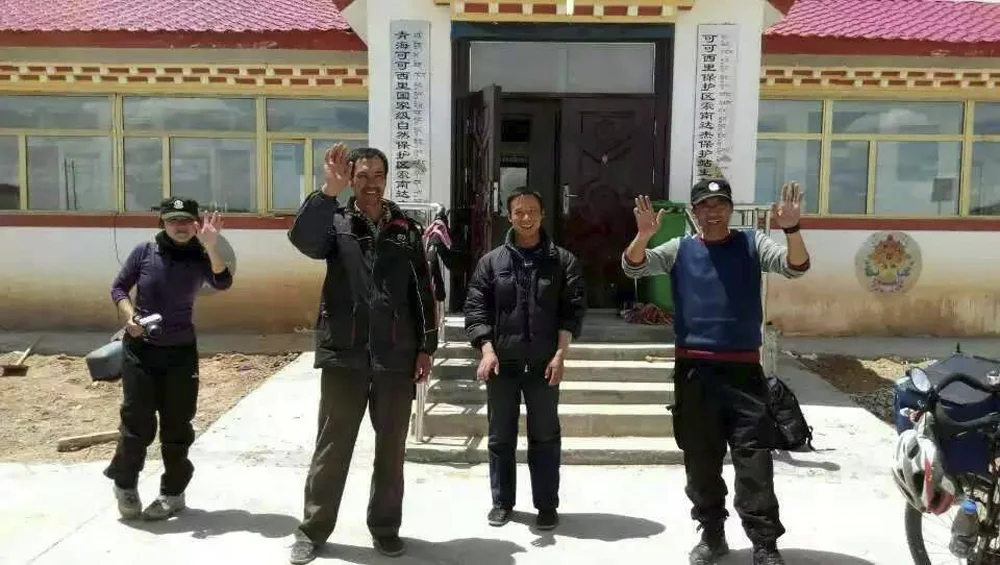
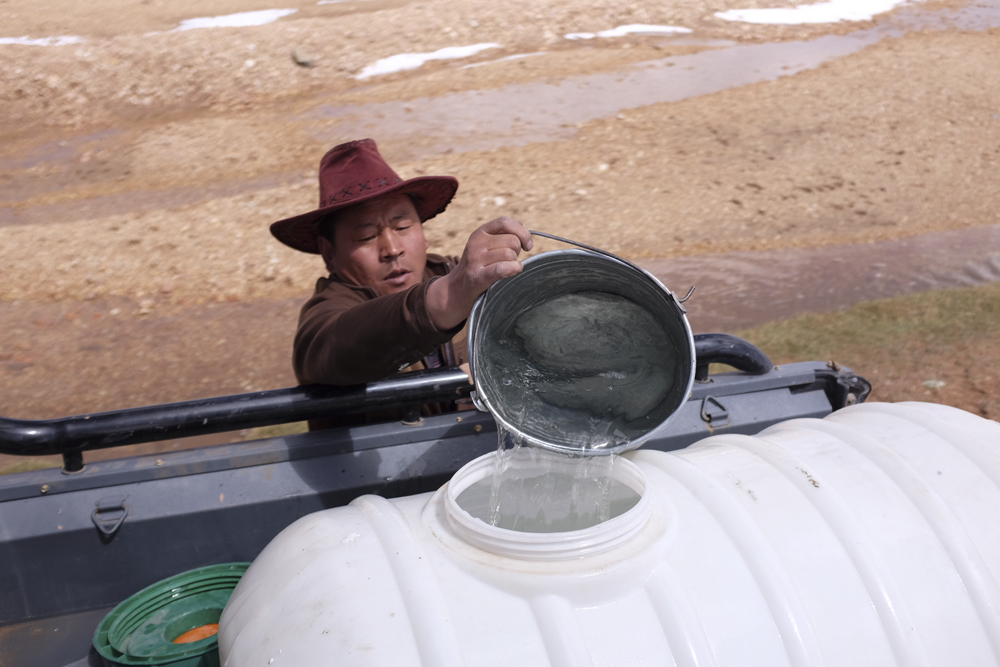

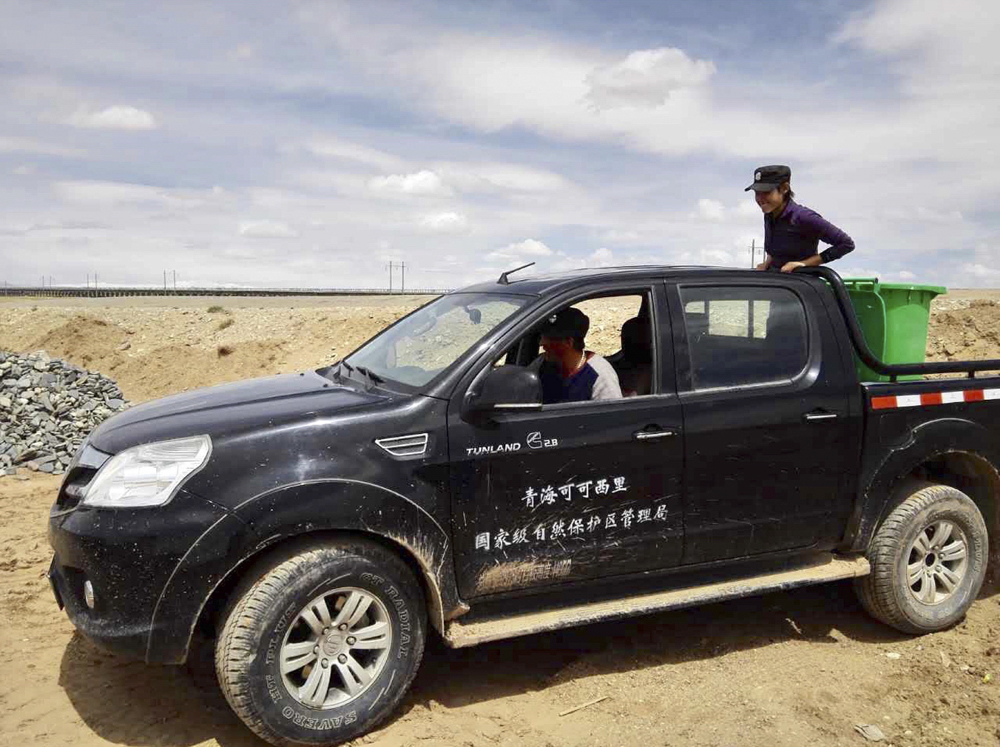
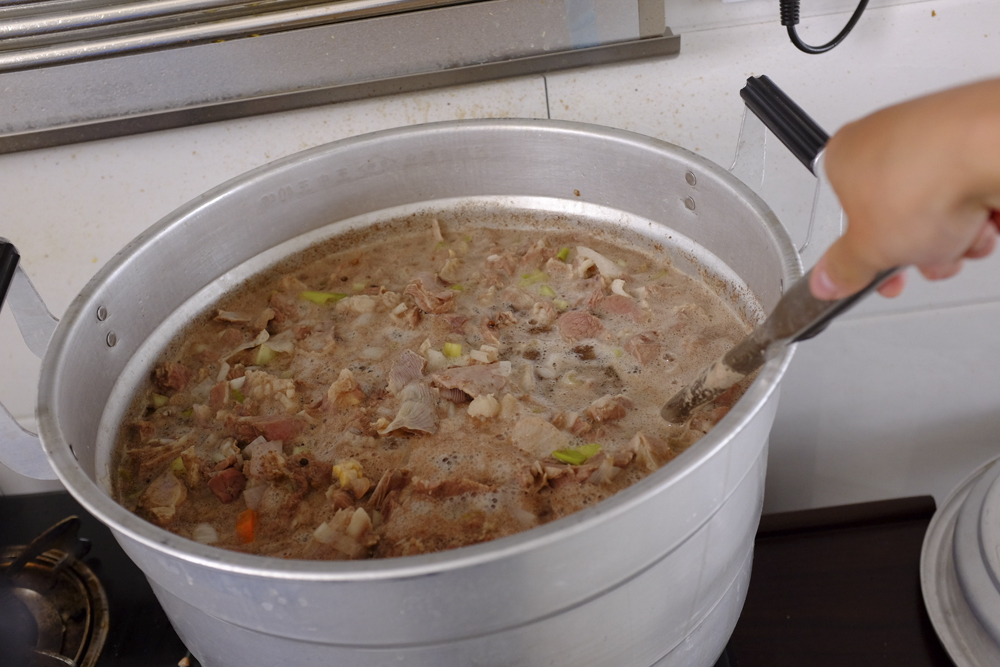
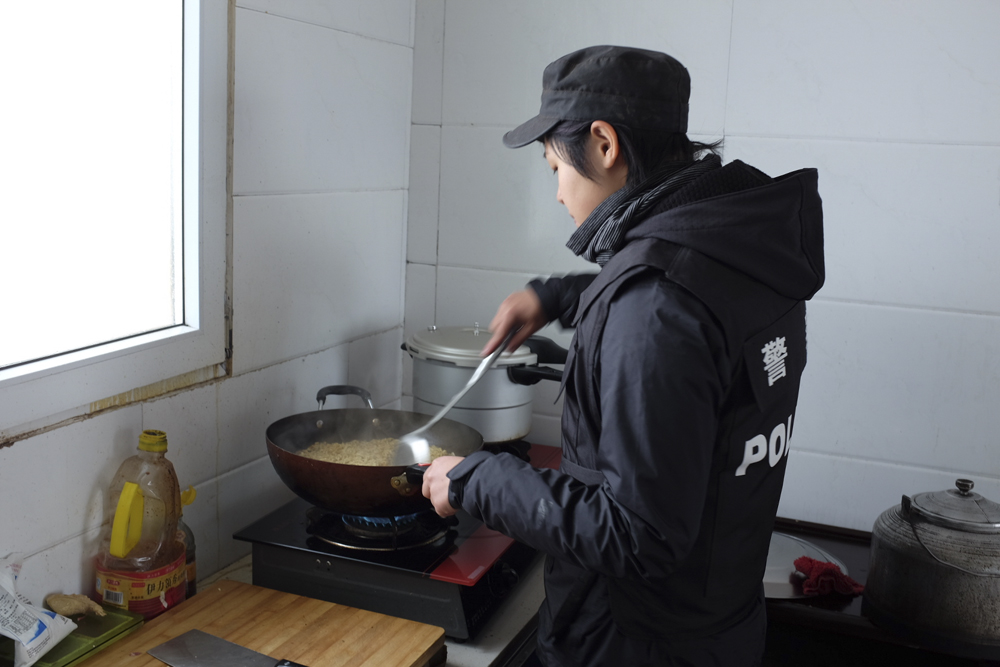
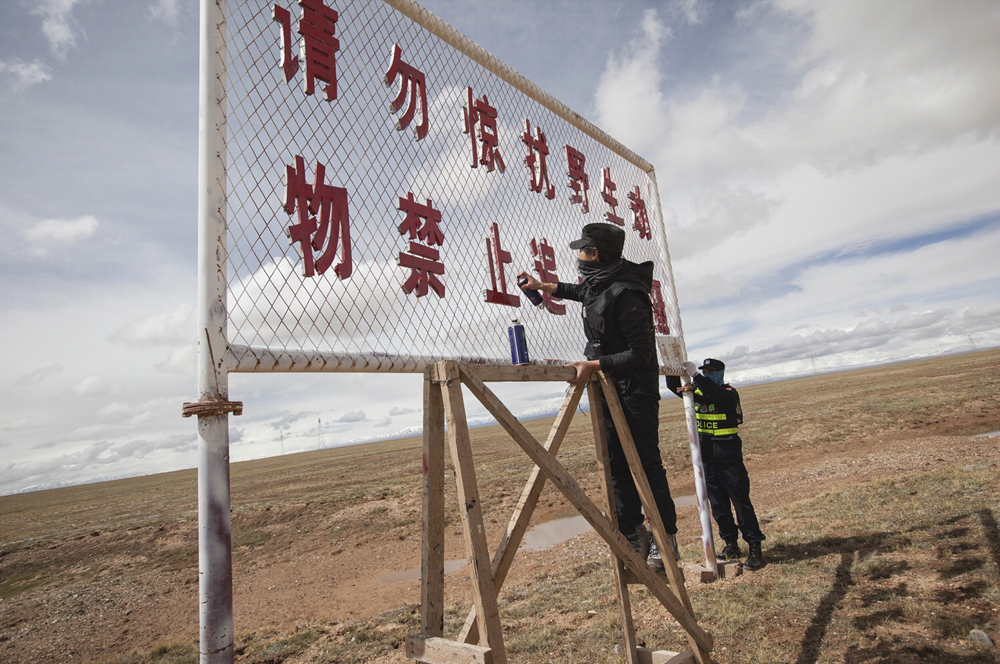
The Kekexili Wildlife Conservation, occupies 45,000 square kilometres of the Hoh Xil region. At an average elevation of 4,700 metres ASL, it hosts an almost uninhabitable living environment for humans with extremely scarce oxygen availability, harsh unpredictable climates with temperature remaining below zero degree Celsius all year around.
However, Kekexili which in Tibetan means "a beautiful maiden", is tender and caring to her uniquely endemic wildlife inhibitants - the gentle yet majestic Tibetan antelopes, the cheeky Tibetan gazelles, the mighty Wild Yaks, the Tibetan kiangs with their sunset-glazed coat, the beautiful and mysterious Mountain Lynx and Snow Leopards, the fearsome giant Tibetan wolves, the impressive variety of birds of preys... "The beautiful maiden" named Kekexili gives life to more than 230 species of wild animals.
But this paradise met its heartbreaking fate with the heinous mass slaughtering of Tibetan antelopes by bands of poachers, who hunted and skinned the antelopes for their warm and soft wool to make shahtoosh, reducing the numbers from a million to a few thousands (in 1988) within a decade.
By then, the Tibetans had already recognised the endangerment of the antelopes. Under the leadership of Bsod nams dar rgyas, a Kangba Tibetan from Yushu province (the origin of Tibetans), he established "the Wild Yak Brigade" in 1992 - the first vigilante Tibetan antelope protection group with a number of brave local Tibetans. They fought courageously with their limited resources of weapons, facing death and starvation to save the endangered antelope herds from the bands of ruthless hunters.
On January 18th 1994, Bsod nams dar rgyas led a team of four into the reserve and encountered a group of hunters with more than 1800 pieces of antelope skin. Bsod nams dar rgyas refused the ruthless poachers' bribes and threats, which led to a shoot-off with many illegal poachers injured. Bsod nams dar rgyas instructed two of his team members to take the badly injured hunters in their car to the hospital whilst he stayed behind with the rest of the hunters and waited for back-up. During that time, the hunters rebelled and shot Bsod nams dar rgyas in cold blood. Bsod nams dar rgyas was found frozen in a kneeling defense position by the back-up team.
Bsod nams dar rgyas' death brought attention from the rest of China to the endangerment of the Tibetan antelopes. In 1997, the Kekexili Wildlife Conservation was officially established, and the Wild Yak Brigade was renamed the Kekexili Mountain Patrol with each member receiving proper police force training. Since 2006, there have not been any more activies of illegal poaching of Tibetan antelopes found in the conservation.
The Kekexili Mountain Patrol remains till this day. The group still consists mainly of brave Kangba Tibetans, ranging from as young as 16 years old to the oldest ex- Wild Yak Brigade members. They alternate their roles from living in the conservation stations to care for wildlife around the area, to monthly patrol inside the deep snow mountains, enduring harsh snow storms with minimal tent to seize upon any illegal gold-mining or private hunting activities. Since 1997, the population of Tibetan antelopes has been brought back to life under the faithful protection of the Kekexili Mountain Patrol, to a significant number of 75,000!
However, the funding to the conservation is scarce. Members from the Kekexili Mountain Patrol not only spend much of their precious lifetime to guard the conservation - as they remain in the remote region for years away from their families, missing out on the birth of their first born, the passing of their parents... They use their own very minimal wage to keep the conservation running - to purchase medication for injured animals, or milk powder for orphaned antelopes, etc.
The proceeds from selling my images will go directly into the funding for the Kekexili Wildlife Conservation. Please do not hesitate to contact me if you would like to donate to help the Conservation.
Please also do not hesitate to contact me for any further projects, I will take part of the profits into the funding of Kekexili Wildlife Conservation. Thank you for reading.
